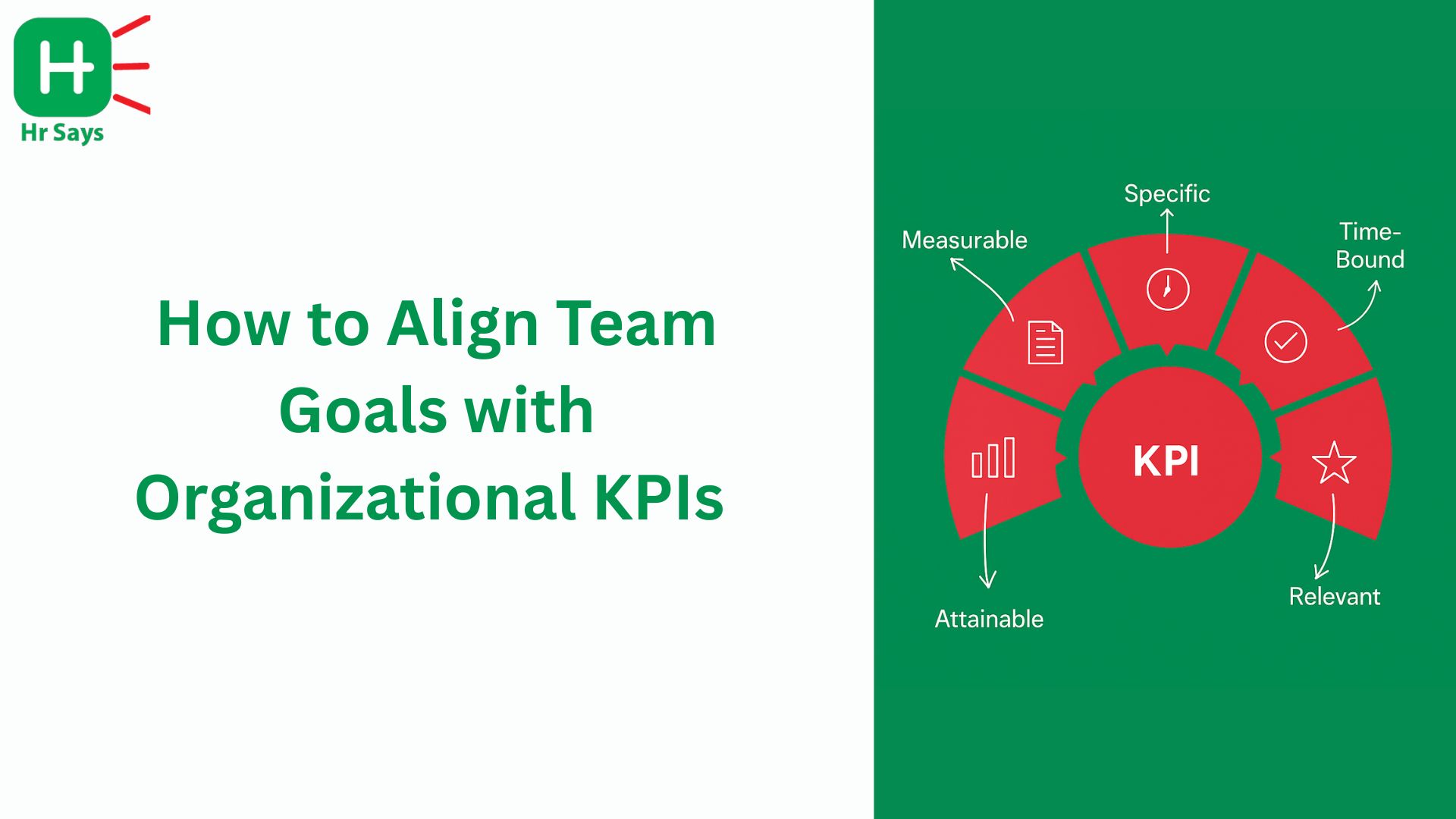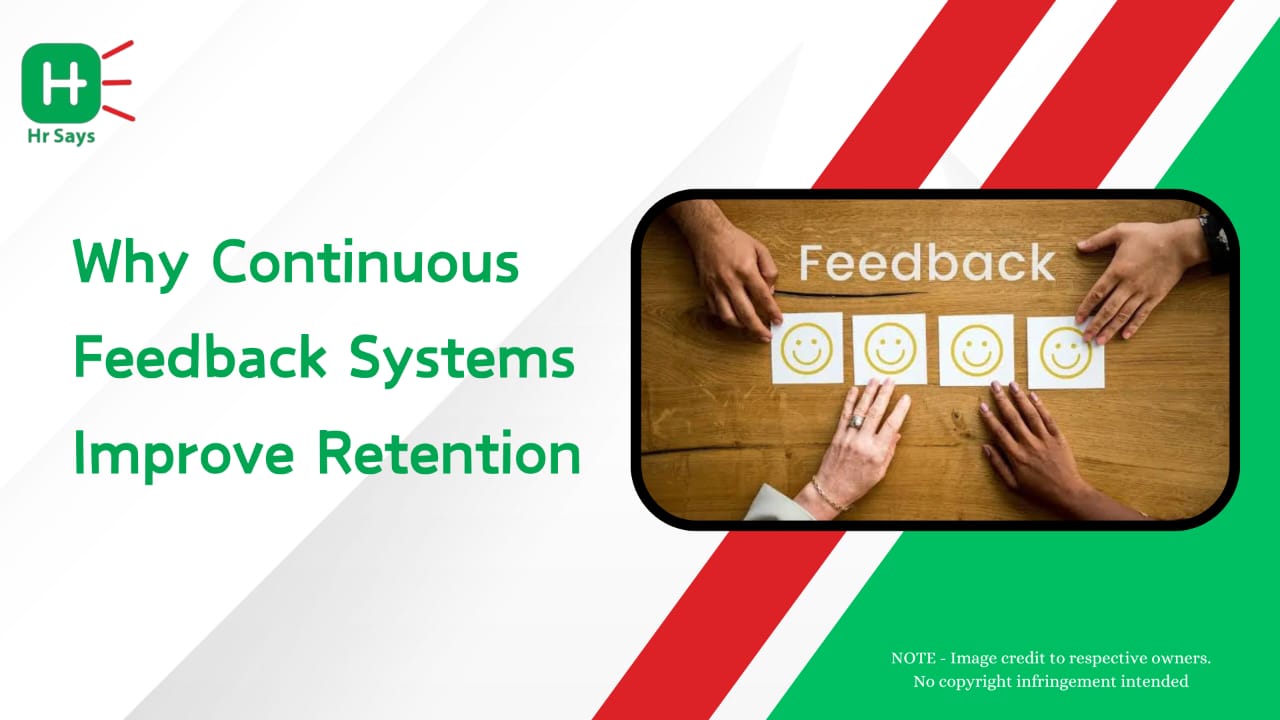What would make new employees feel welcome is the fact that they never refused to get intro the office. Virtual onboarding is no longer an insurance demand anymore; the process has become a workforce integration requirement. The year 2025 is putting the onus on the HR leaders to integrate technology, culture, and human touch and present a single unit of flawlessness.
The Changing Face Of Onboarding
Even conference room session days are being thrown by the window. Virtual onboarding has become the new reality of remote hires. Although it conserves time and resources it is also a research that should be planned well. Powerful process makes the employees feel affiliated, self-assured and willing to participate.
Building A Smooth Start
The first days define how employees perceive a workplace. A clear structure reduces confusion and fosters trust. Organizations are focusing on clarity, accessibility, and connection in their onboarding journeys.
Key Practices To Consider
● Pre-boarding materials sent before day one build anticipation and reduce anxiety.
● Centralized onboarding portals ensure easy access to documents, policies, and schedules.
● Structured orientation sessions introduce culture, values, and expectations.
● Role-specific training provides clarity on responsibilities and growth paths.
● Interactive tools like videos, quizzes, and virtual tours enhance engagement.
Strengthening Human Connection
Technology often risks creating distance. Yet, meaningful interactions remain essential. HR managers are finding new ways to humanize virtual onboarding and reduce feelings of isolation.
Practical Approaches
● Assigning a virtual buddy offers peer-level support.
● Hosting team ice-breakers fosters early collaboration.
● Scheduling one-on-one check-ins with managers builds confidence.
● Encouraging cross-functional interactions widens the sense of belonging.
Role Of Technology In 2025
Digital platforms are the backbone of virtual onboarding. Modern tools streamline communication and ensure consistency. From AI-driven chat support to cloud-based HR systems, efficiency has been redefined. Yet, reliance on technology must be balanced with empathy and adaptability.
Measuring Success
Without metrics, effectiveness cannot be judged. In 2025, organizations are measuring engagement levels, productivity timelines, and retention rates. Feedback loops allow continuous improvement. A smooth onboarding journey reflects in higher satisfaction scores and reduced turnover.
Challenges Ahead
Virtual onboarding is not without hurdles. Some employees may feel disconnected, while others struggle with technology barriers. The key lies in anticipating challenges and addressing them early. Clear communication, accessible resources, and flexible approaches reduce friction.
Conclusion
Virtual onboarding in 2025 is not about digitizing old methods. It is about designing experiences that feel authentic, inclusive, and adaptable. HR teams that combine structure with empathy are creating workplaces where new hires feel valued from day one.
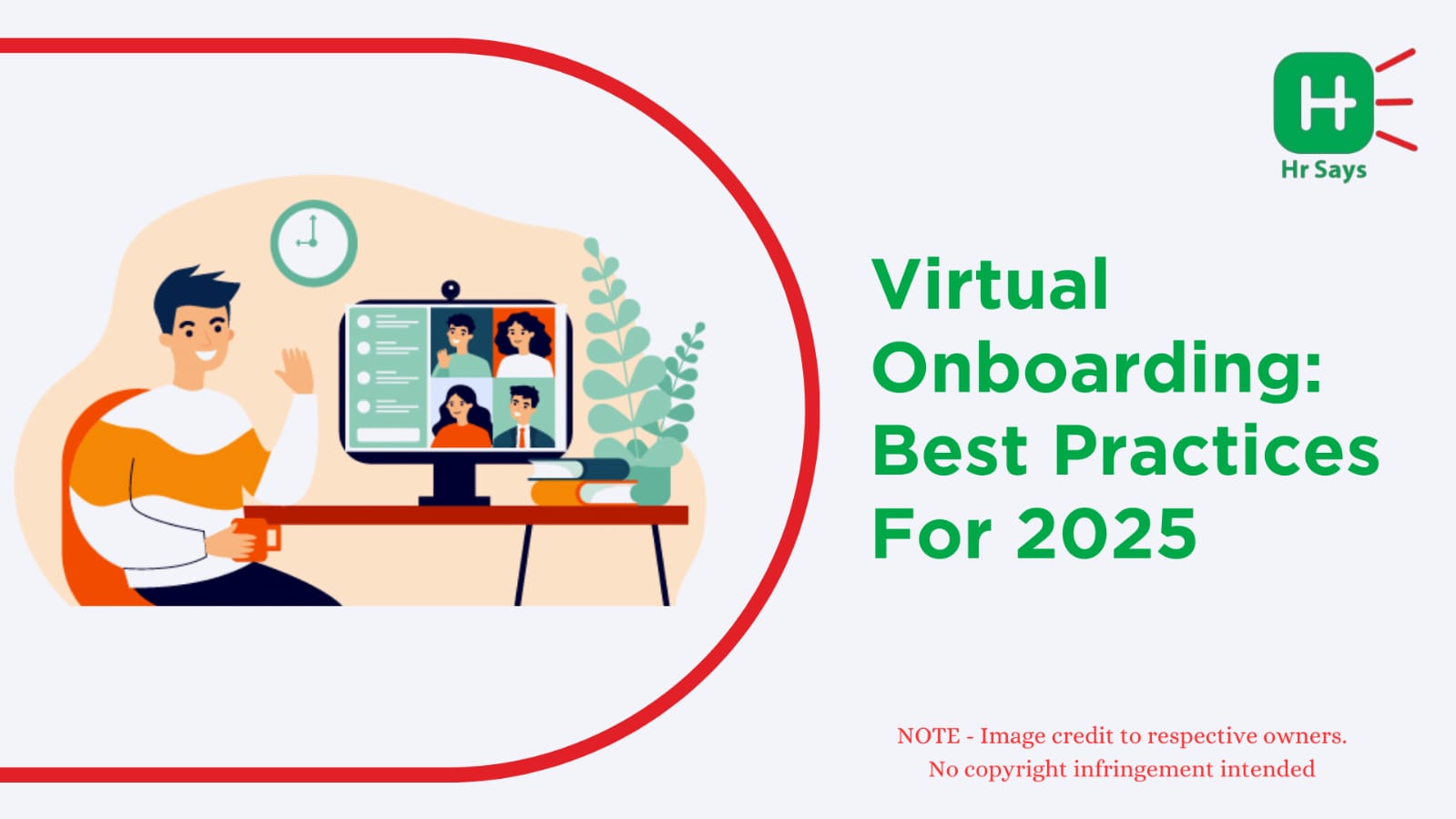
 Virtual onboarding in 2025 blends technology with human connection. By focusing on clarity, interaction, and adaptability, HR leaders can build strong foundations for new employees while balancing efficiency with empathy.
Virtual onboarding in 2025 blends technology with human connection. By focusing on clarity, interaction, and adaptability, HR leaders can build strong foundations for new employees while balancing efficiency with empathy.








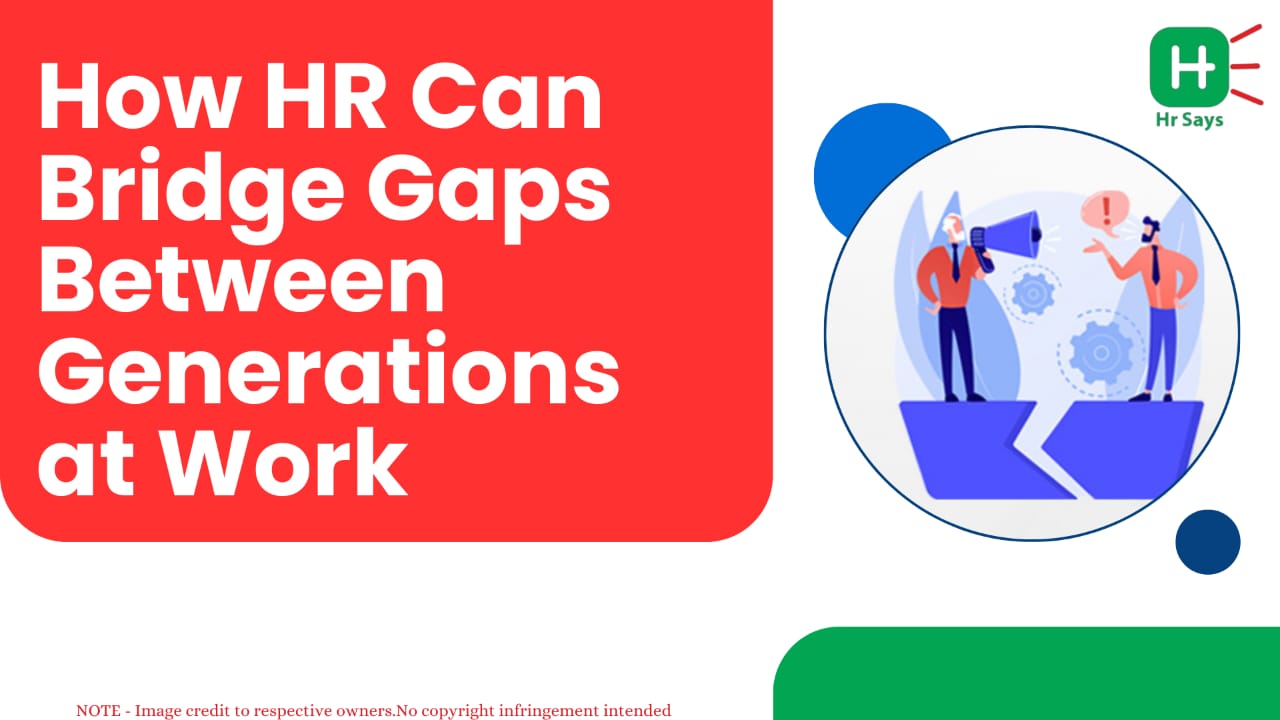
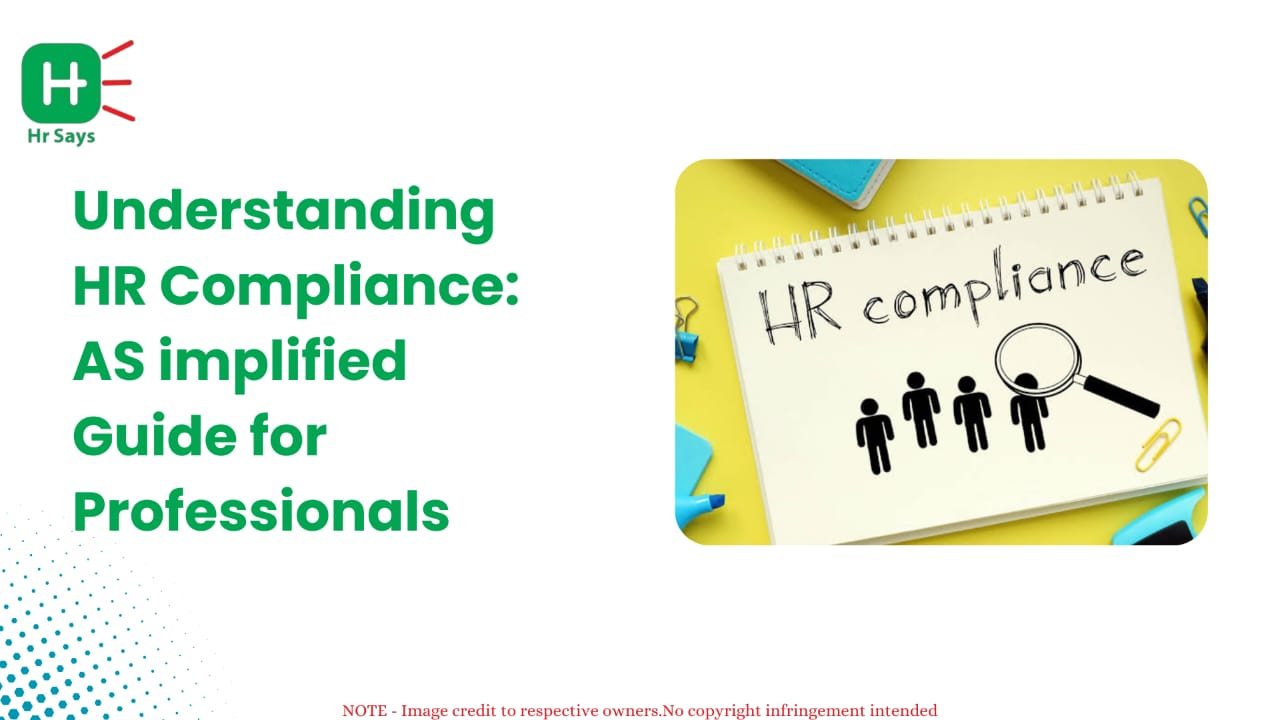



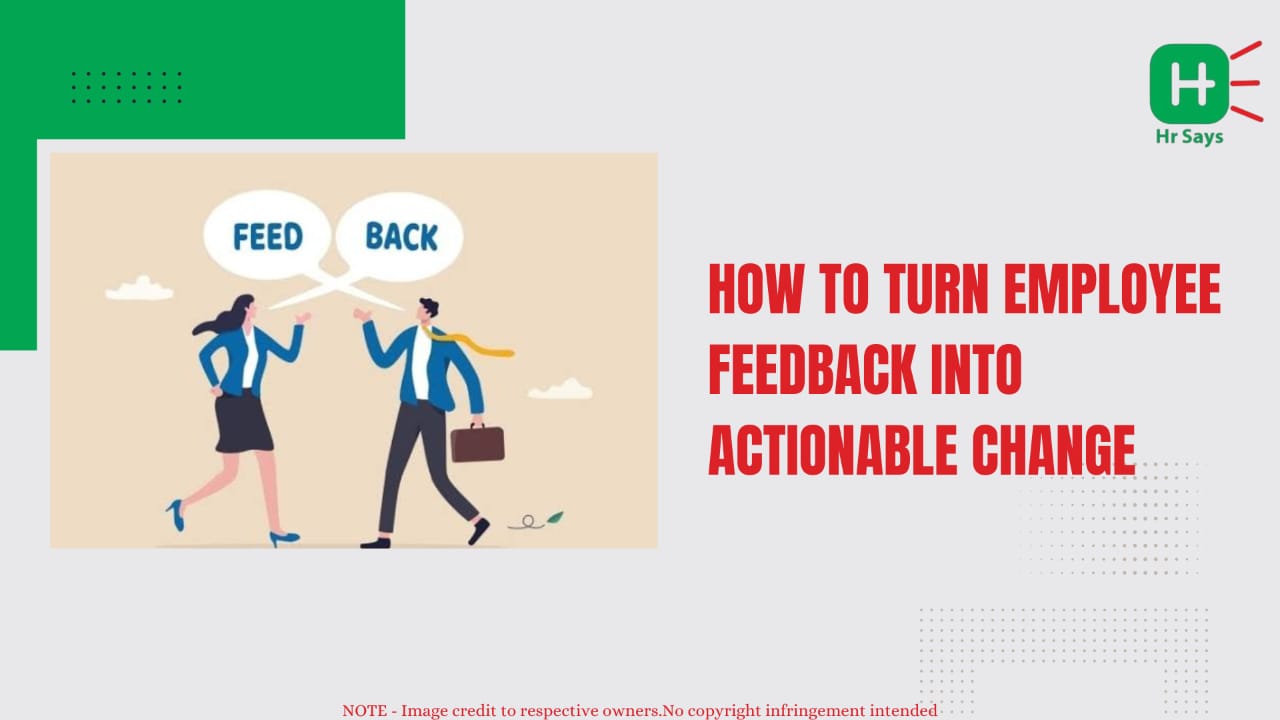

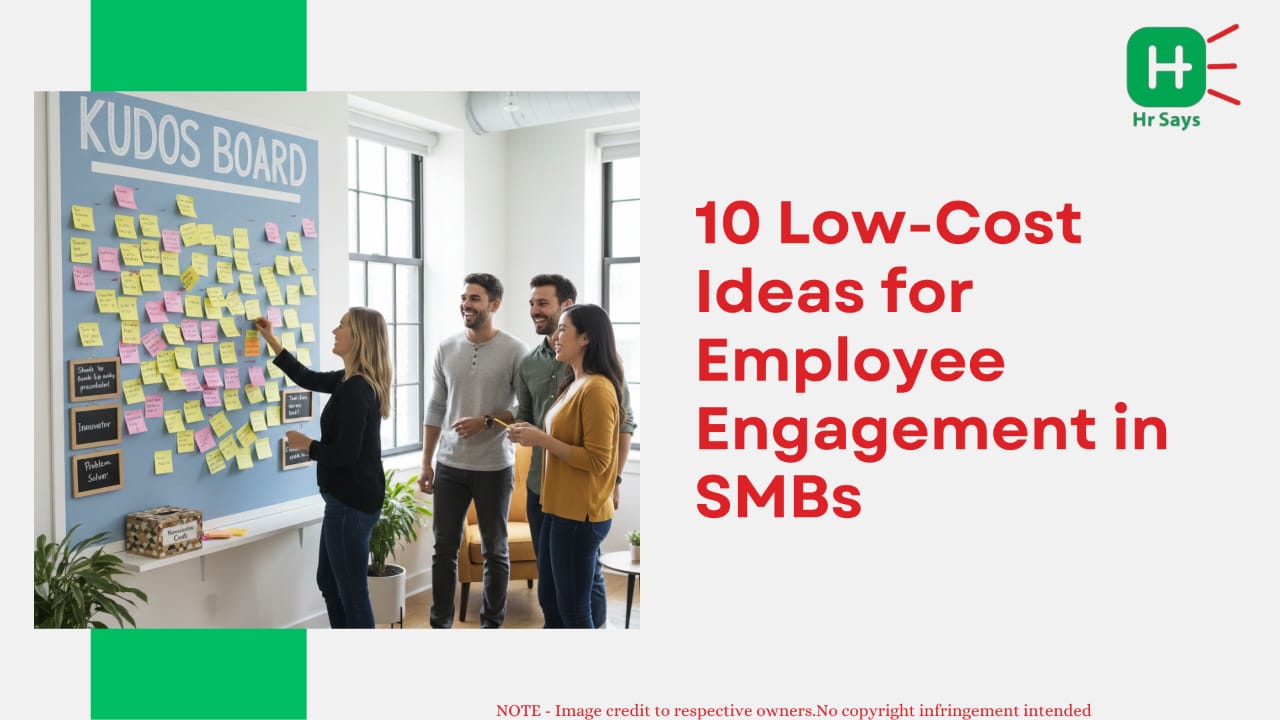
.jpeg)
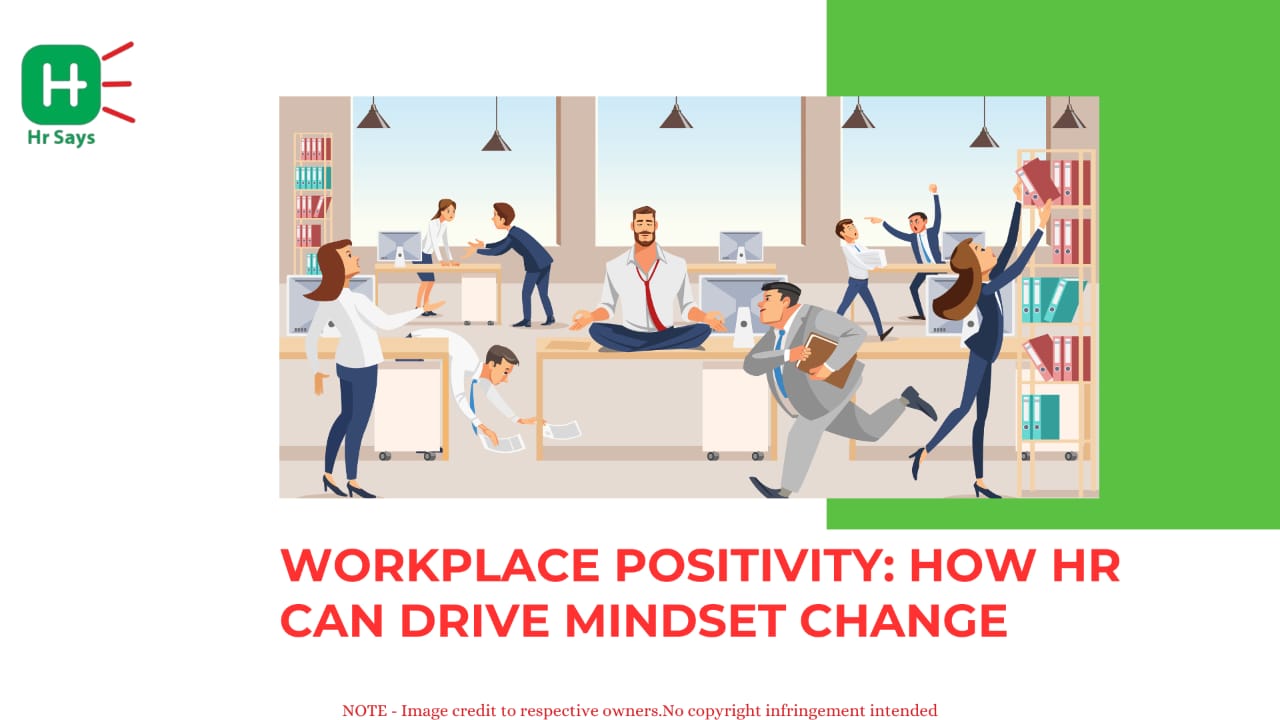
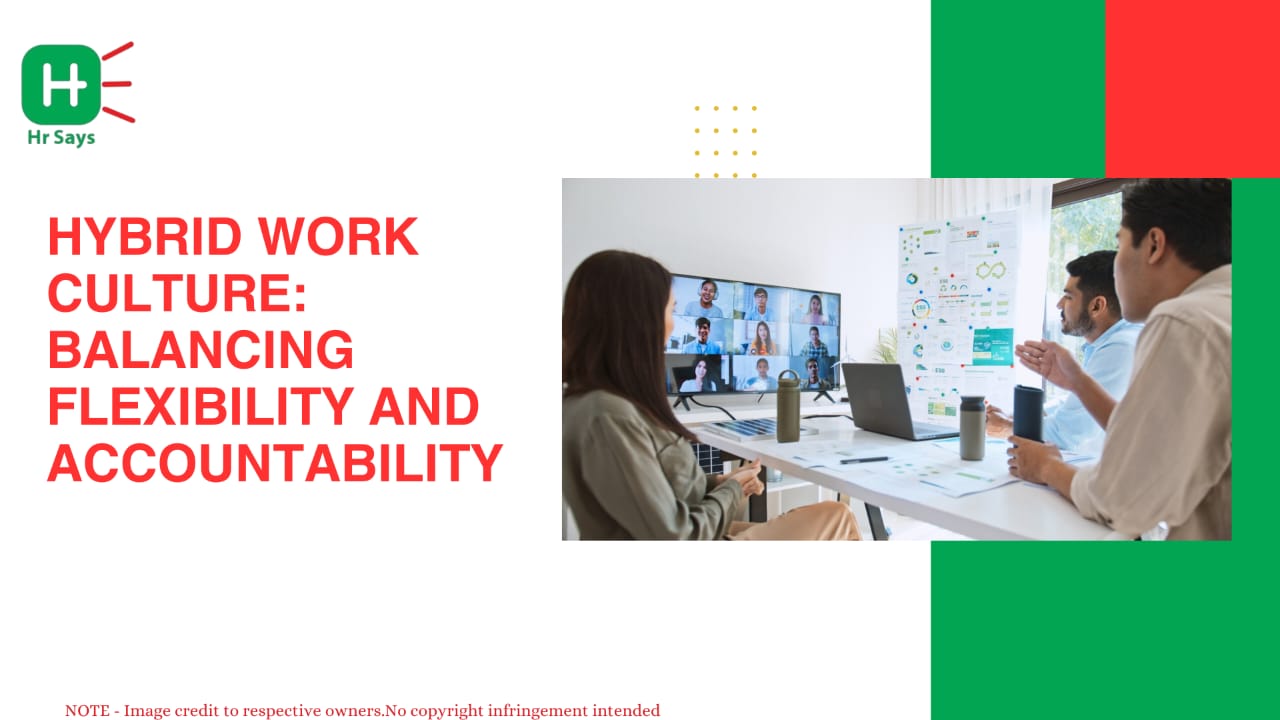

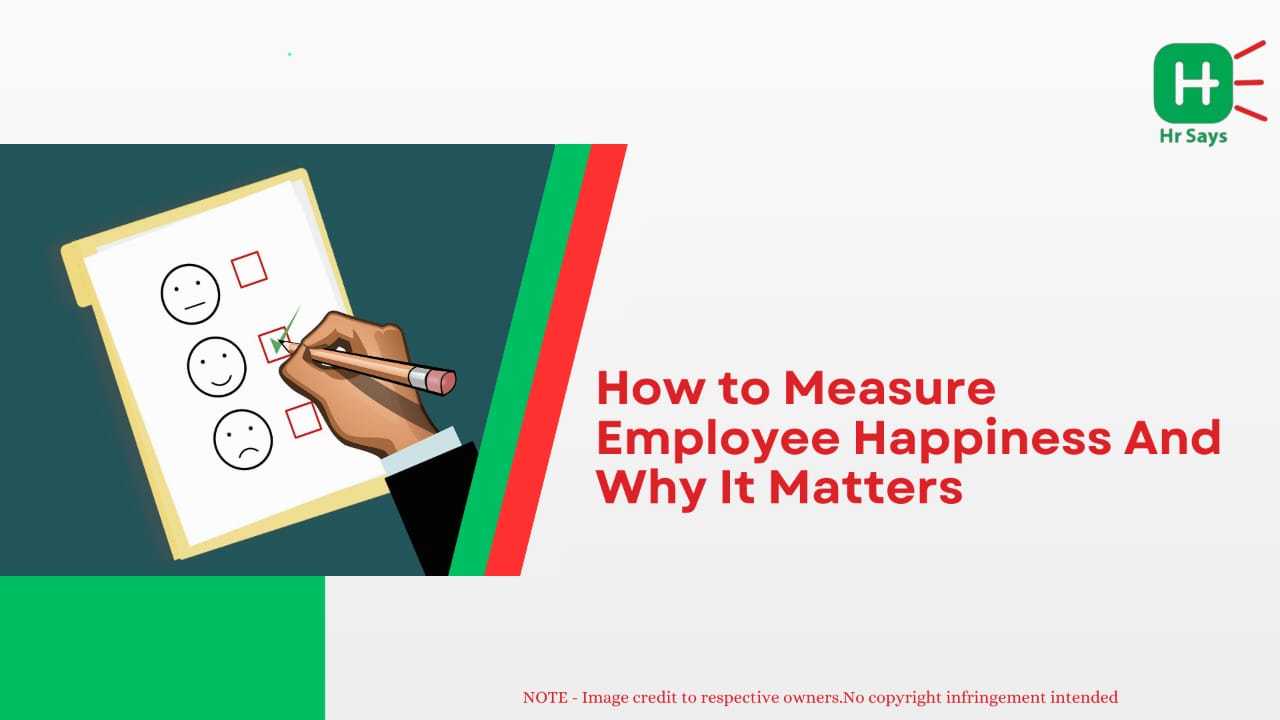

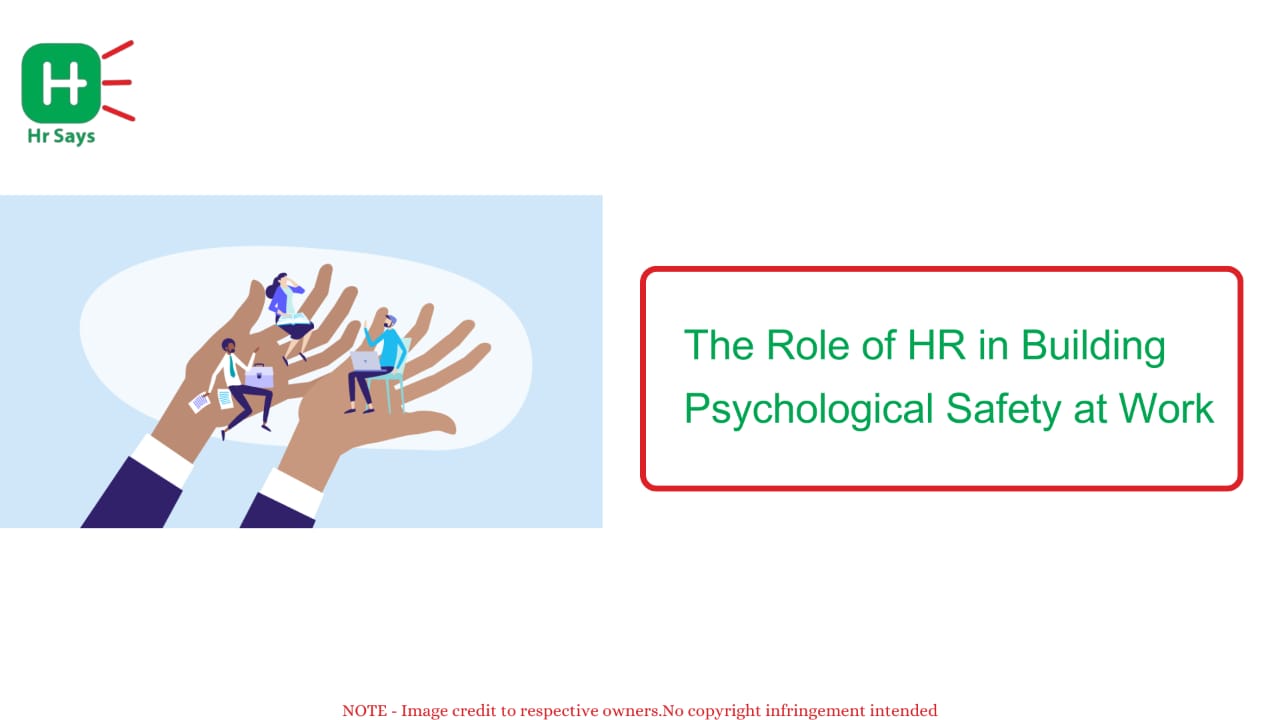

.jpg)
